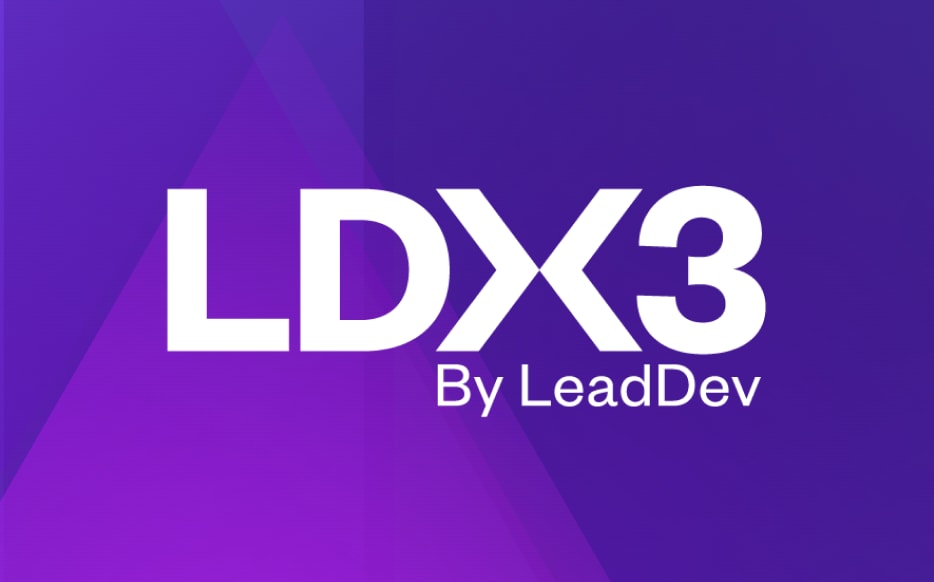You have 1 article left to read this month before you need to register a free LeadDev.com account.
Estimated reading time: 2 minutes
There’s a big difference between AI being a strategic priority and an achievable reality for plenty of technology leaders.
As AI initiatives have shot to the top of many strategic priority lists, the path to executing on that strategy is less clear for the majority of engineering leaders.
That’s according to Riviera Partners’ Future of Tech Leadership Survey Report 2025, which surveyed 1,038 senior technology leaders, predominantly from the United States.
Ready or not, here AI comes
Riviera Partners’ designed an Organizational Design Readiness Index, which factors in C-level ownership of AI, board engagement, cross-functional collaboration, and hiring behavior. Using this, it found:
Your inbox, upgraded.
Receive weekly engineering insights to level up your leadership approach.
- Only 2% of all companies achieved “high readiness”
- 77% fall into “low” or “very low” readiness tiers
- Venture-backed and privately held companies are particularly underprepared, with 42% and 49%, respectively, in the very low category
- Tech companies stand out as the least prepared, with 38% in the very low readiness tier. By contrast, gaming, industrial, and manufacturing companies are more likely to fall in the moderate readiness tier.
The report theorizes that while many companies are experimenting with AI, plenty lack the executive and organizational scaffolding to scale these efforts effectively beyond pilots or pockets of innovation within certain departments or user groups.
Specifically, 42% say their leadership team lacks change management or execution discipline, while 35% cite limited strategic agility or AI fluency as key risks.
What high-readiness companies are doing differently
Organizations that score highest on the Readiness Index take deliberate steps to embed AI at the leadership level. They are:
- 3x more likely to create AI-specific executive roles (64% vs. 21%)
- Far more likely to have a chief AI officer (72% vs. 21%)
- Implement more hiring and team development strategies to better prepare for AI (2.5 vs. 1.2 on average)
These actions allow high-readiness companies to move from experimentation to enterprise-scale execution – a gap tech companies are still struggling to close.
Identifying front runners
The report found that 38% of organizations were identified as early AI adopters, actively deploying copilots, building AI-native platforms, and embedding AI into workflows. Early adopters tend to:
More like this
- Unify product, data, and engineering under one leadership
- Have strong executive sponsorship
- Maintain a clearly defined AI vision
- Integrate AI goals into organization-level strategy
Even among these front-runners, readiness is not guaranteed. Only 55% feel they have the right leadership in place to scale AI efforts.
New talent, new roles
While most companies acknowledge the need to redefine executive roles in light of AI, few have mapped a clear path forward.
The report shows that 62% of organizations are assigning AI or data-related responsibilities to existing executives, but only 39% have introduced dedicated AI-focused roles.

London • June 2 & 3, 2026
Rands, Nicole Forsgren & Matej Pfajfar confirmed
Among those evolving their org charts, new titles are emerging, such as chief AI officer (21%) and chief product and technology officer (CPTO, 14%).





